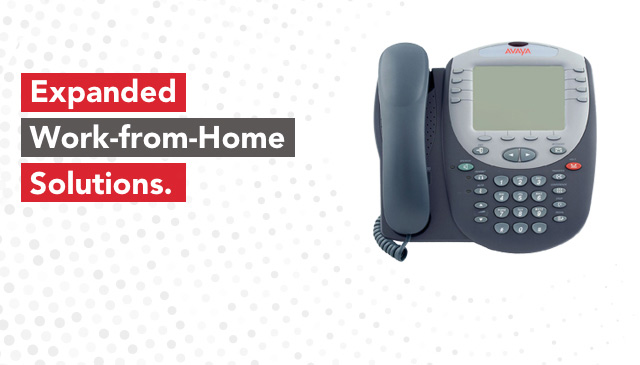
As we navigate the COVID-19 pandemic, more employees are working remotely these days, which has significantly increased the demand for telephone conversations between Texas Children’s and patient families. While video visits are the best option for telemedicine appointments, sometimes our providers and ancillary services need to reach out to families with a simple and quick phone call, like updating them on a medication or test result, without the need to schedule a video appointment or meeting where both parties have to log in at the same time.
Since our providers and ancillary team members are minimizing the amount of time they spend in the clinic with patient families and are conducting more telephone visits remotely, they primarily rely on their personal cell phones to reach out to families instead of using their Texas Children’s desktop phone.
“When our ancillary or clinical teams call families while working remotely, they are unable to mask their personal cell phone numbers and instead have to call from a blocked number reducing the likelihood that a family will answer their phone,” said Director of Entrepreneurship and Innovation Melanie Lowther. “Since 35 percent of our social workers and care coordinators have long distance numbers, they can’t forward their Texas Children’s desktop phone to their personal phone, which puts an extra wrinkle in that communication loop.”
To effectively address these challenges and make it easier to connect remotely with patient families, Texas Children’s Information Services recently expanded the organization’s work-from-home solutions. There are four solutions available, addressing different needs and work configurations, including a mobile function that turns a person’s mobile device into an extension of their desktop phone.
“While we already had a strong foundation in place, we had to modify the organization’s existing phone system to support the mobile application,” said Trey Jones, director of Digital Services for Information Services. “Before enabling this new technology, we validated the product stream to ensure we had enough incoming connectivity pieces to support the number of users that may want to access it.”
This new functionality within Texas Children’s existing phone system was truly a collaboration on many fronts that helped get this product up and running. Even before COVID-19, the organization had been reassessing its work-from-home solutions to better meet the needs of our employees and staff.
“We have a resourceful workforce, and this new mobile app will be beneficial for providers and especially for our ancillary groups who are in close contact with families several times a day,” Lowther said. “These tools are available to anyone who needs to make phone calls that look like they’re calling from their desk number, and receive phone calls through their desk number. These are universal solutions for everyone.”

